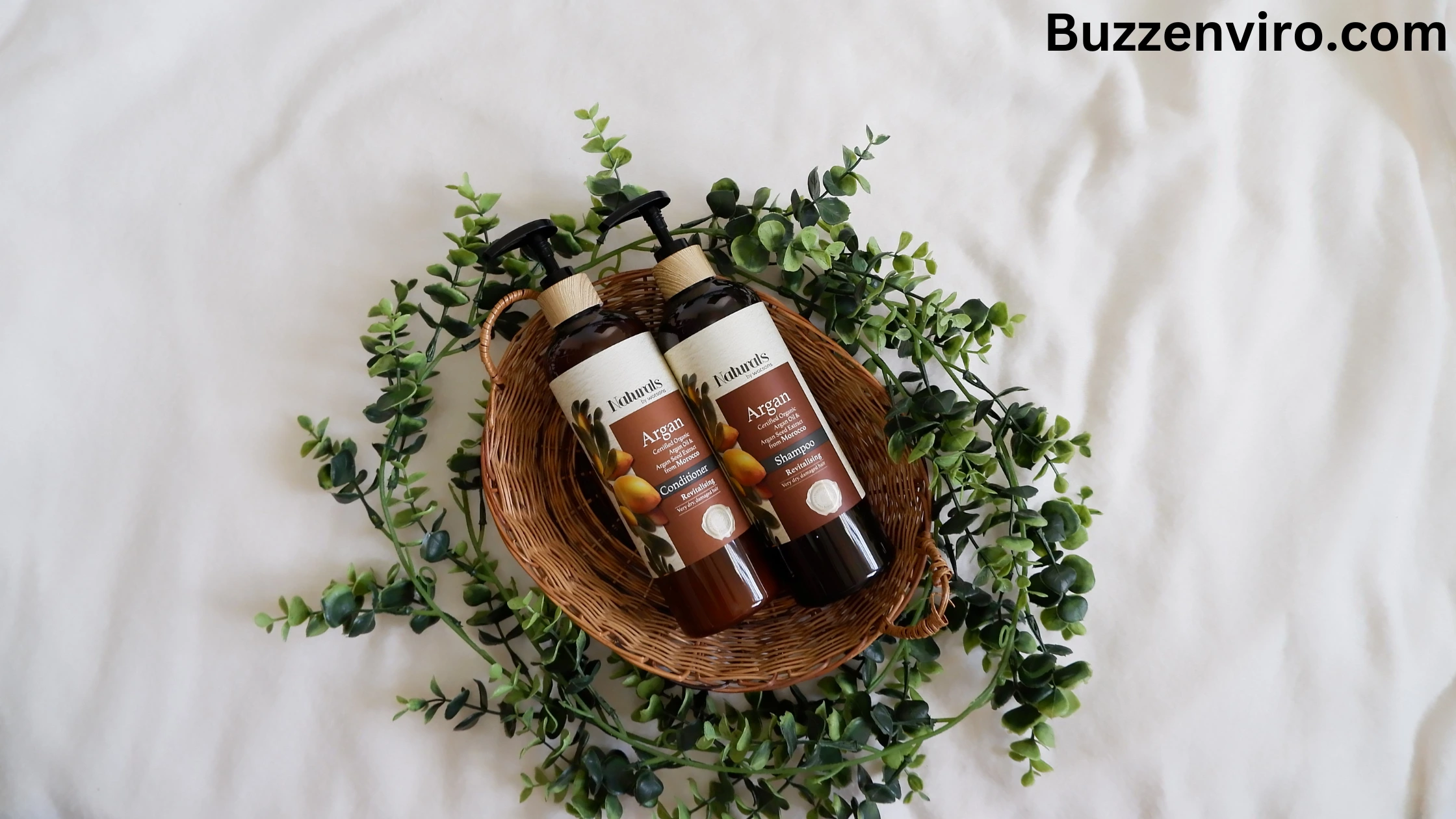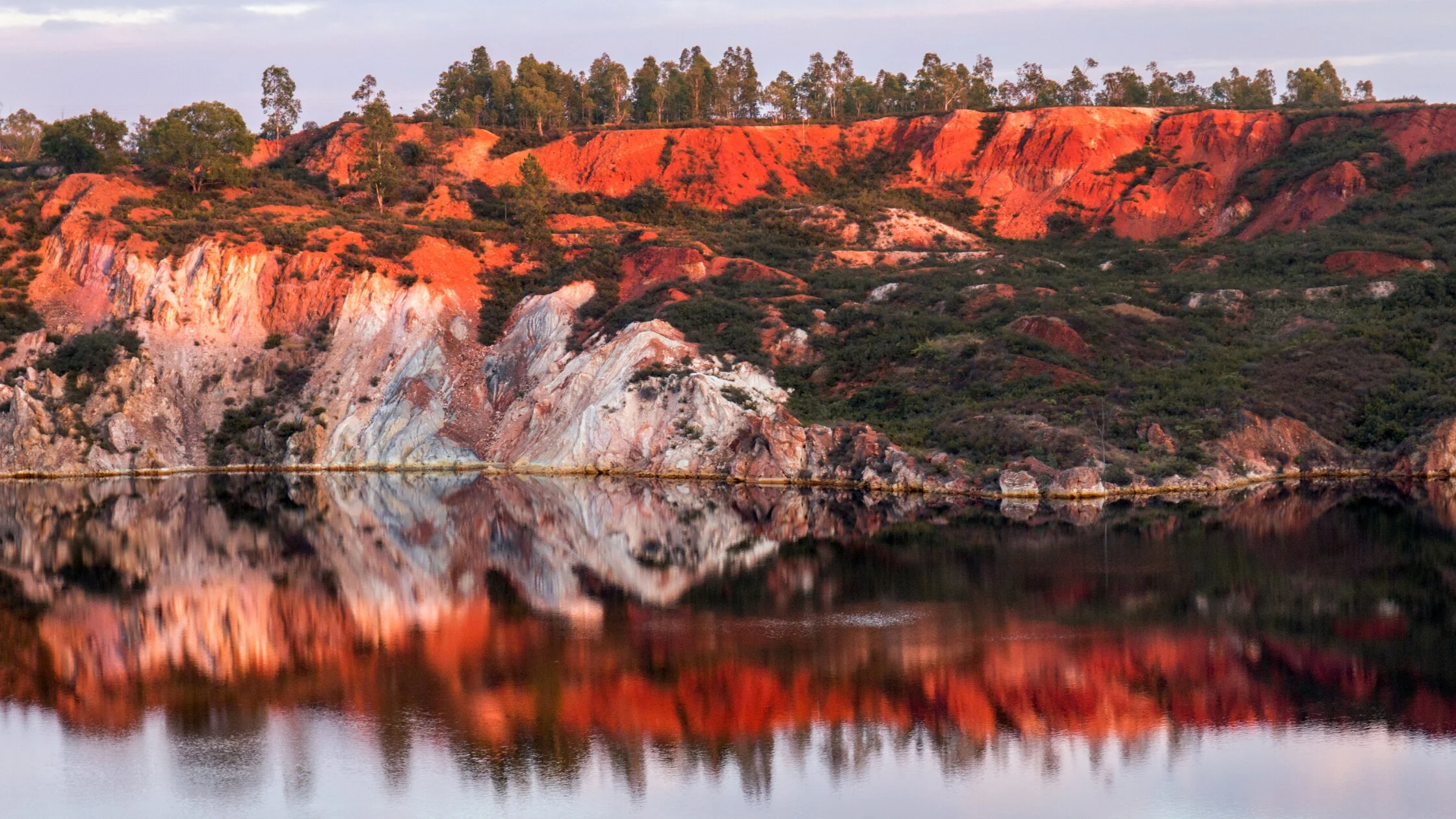If you’ve felt like your commercial shampoo isn’t giving your hair the love it deserves, or you’re simply curious about clean beauty, it might be time to try making your own organic shampoo home. Not only is it cost-effective, but making your shampoo also ensures you avoid harsh chemicals and preservatives commonly found in store-bought products.
Commercial shampoos can often strip hair of natural oils, leaving it dry and lifeless. Instead of relying on surfactants and synthetic chemicals to create foam, these DIY shampoo recipes use natural ingredients full of nourishing vitamins, minerals, and antioxidants. While you might not get the bubbly lather you’re used to, your hair will feel cleaner, healthier, and nourished without the harsh effects of chemicals.
1. Basic Organic Shampoo

This simple recipe is an excellent introduction to DIY hair care. It’s quick, easy, and uses ingredients you already have in your kitchen.
Ingredients:
- 1/2 cup water
- Half a cup of gentle liquid soap (Castile soap is good)
- 1/2 teaspoon light vegetable or canola oil
Directions:
- Gently stir all the ingredients in a bowl, carefully not to create bubbles.
- Pour the mixture into a clean container, preferably a plastic bottle, for easy storage.
- Apply the shampoo to wet hair, lather, and rinse thoroughly with cool water.
2. Olive Oil Shampoo

Olive oil is known for its moisturizing properties, making this shampoo ideal for dry or frizzy hair. It’s also a great way to give your hair a natural, soft shine.
Ingredients:
- 1/2 cup water
- 1/4 cup olive oil
- 1 cup liquid soap (Castile soap works well)
Directions:
- Mix all ingredients in a bowl.
- Fill a clean bottle with a tight-fitting lid with the mixture.
- Shake the bottle before each use, as the ingredients may separate over time.
- Massage into your scalp, lather, and rinse well.
3. Calming Shampoo

Chamomile is known for its calming properties, making this shampoo a perfect choice for those with sensitive scalps or who want a relaxing, aromatic experience.
Ingredients:
- 1 cup water
- 1 cup unscented organic Castile-style vegetable soap
- 5-6 organic chamomile tea bags
- 1.5 tablespoons organic cold-pressed coconut oil
Directions:
- Boil the water and steep the chamomile tea bags for 15 minutes.
- Remove the tea bags and stir the remaining ingredients into the tea.
- Warm the shampoo slightly to remix the ingredients if the coconut oil has solidified.
- Pour into a clean bottle and shake well before each use.
4. Dandruff Shampoo with Eucalyptus

This natural dandruff shampoo features eucalyptus oil, which has antifungal properties that help fight dandruff. It also helps soothe an itchy scalp while providing relief from dryness.
Ingredients:
- 1/2 cup organic Castile soap
- 2 tablespoons distilled water
- 2 tablespoons sweet almond oil
- 1/2 cup coconut oil
- 2 tablespoons shea butter
- 5 drops of eucalyptus essential oil
Directions:
- Stir together the Castile soap, distilled water, and sweet almond oil in a clean container.
- Add the shea butter and coconut oil when they have been gently melted.
- Shake the bottle well to blend the ingredients.
- Add the eucalyptus essential oil and shake again.
- To use, apply to wet hair, massage into your scalp, and rinse with cool water. Shake the shampoo before each use, as the ingredients may settle.
5. Dry Shampoo

This DIY dry shampoo is perfect for refreshing your hair between washes. Your hair will look fuller and fresher once it absorbs extra oil and provides volume.
For Light Hair:
- 1/4 cup cornstarch
- 1 teaspoon crushed rosemary, lavender, or another fragrant herb (or 24 drops of your favourite essential oil)
For Dark Hair:
- 1/4 cup organic cocoa powder
- 1/4 cup kaolin clay
- 1 teaspoon crushed rosemary, lavender, or another fragrant herb (or 24 drops of your favourite essential oil)
Directions:
- Combine all the ingredients in a small container with a tightly sealed lid.
- Apply a small amount to your roots using your fingers or a powder brush until it blends in.
- Repeat as needed for extra freshness and volume.
Also Read :- How to Make Shampoo Bar
Benefits of Homemade Shampoo
1. No Harsh Chemicals: Skip the synthetic chemicals and opt for gentler natural ingredients on your scalp and hair.
2. Customizable: You can tailor your shampoo to your hair type and personal preferences, choosing oils, herbs, and scents that work best for you.
3. Cost-Effective: Homemade shampoos often cost less than commercial brands, mainly when you use essential ingredients like Castile soap.
4. Eco-Friendly: Reduce plastic waste and avoid packaging by making your shampoo at home.
Final Thoughts
Making your own organic shampoo is a fun DIY project and a way to care for your hair without relying on harmful chemicals. From an essential shampoo to one formulated for dandruff or dry hair, these recipes offer natural alternatives that will leave your hair feeling clean, nourished, and healthy. Plus, you can customize the ingredients to suit your specific hair care needs. Try one of these recipes today and enjoy the benefits of clean, natural beauty!






